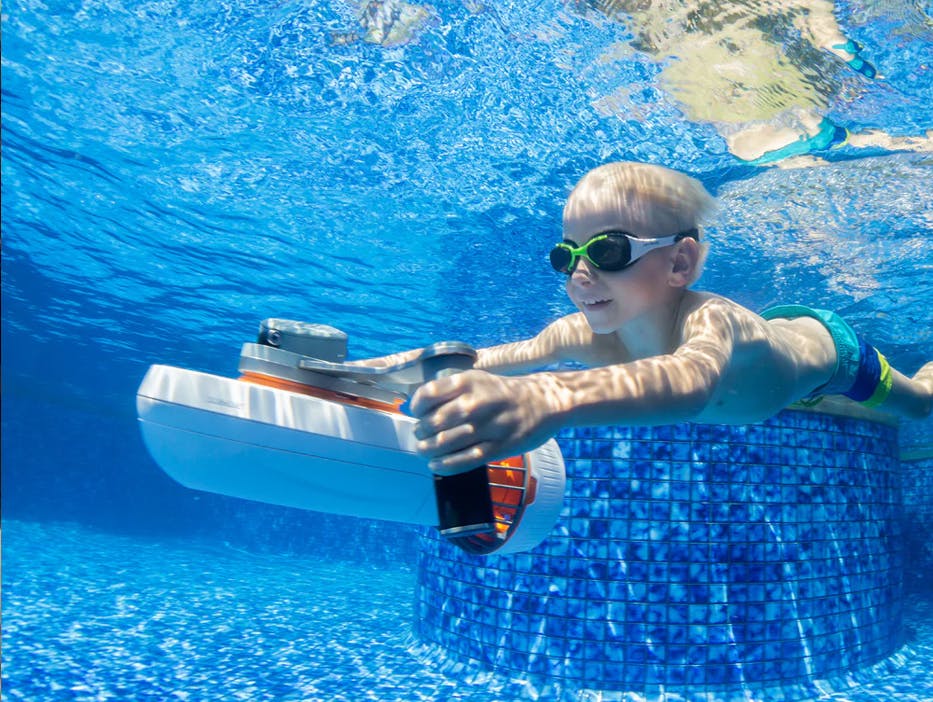As with any dive gear, safety comes first. Before using a scooter, consider taking a DPV course to learn about equipment checks, operation, and diving best practices. Always inspect your scooter before a dive—make sure the housing is sealed, the battery is fully charged, and all controls function properly. During the dive, ascend slowly to avoid decompression sickness. Don’t go deeper than your training allows, especially when snorkeling or freediving. Use the buddy system at all times; in case of malfunction, your buddy can help you back to the surface safely. Be mindful that the motor may disturb marine life, so keep noise and motion controlled.
Maintenance Tips
To keep your scooter running like new, proper maintenance is essential. After each dive, rinse the scooter thoroughly in freshwater, including the propeller area, to remove salt and sand. Let it run for 20–30 seconds submerged in a freshwater bin to flush out the internal components. Use a soft brush to clean off debris, and if needed, take it to a professional service center for deep cleaning, especially if you dive frequently. A well-maintained scooter will last longer and perform better on every adventure.




















